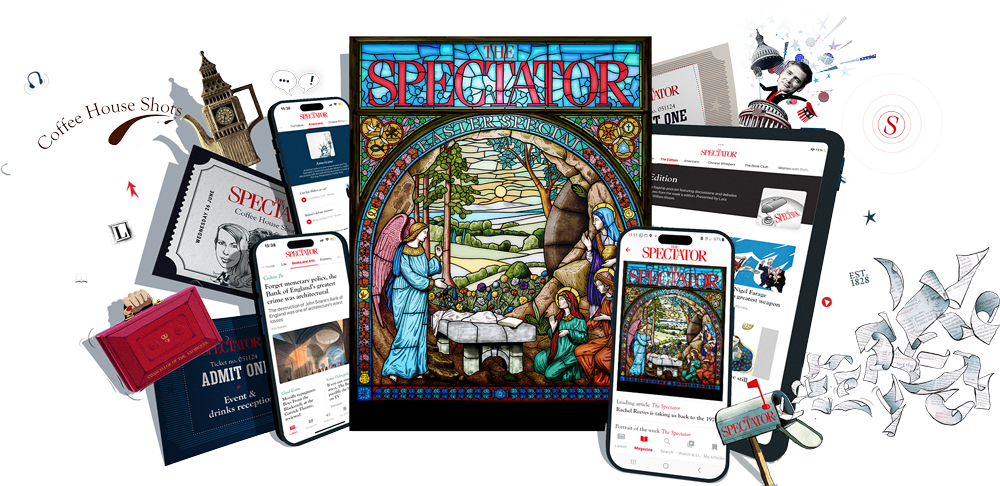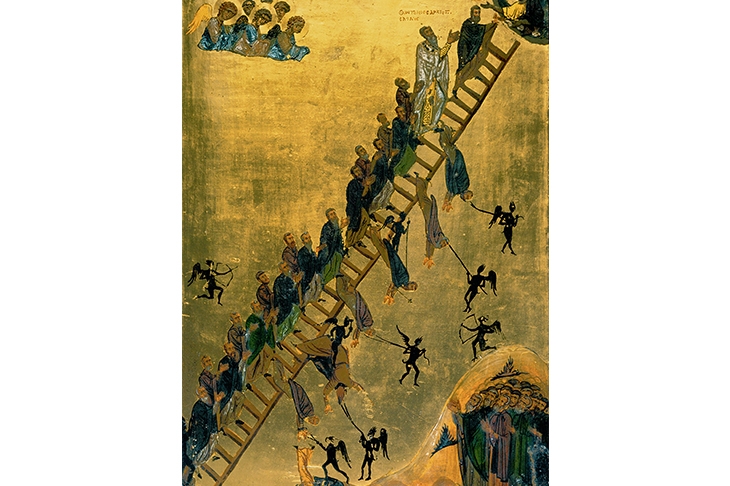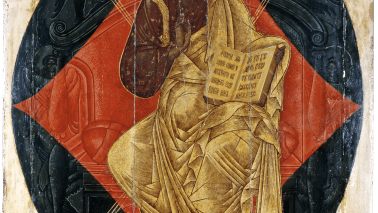When Australia imposed generic packaging in its war on cigarettes, there was consumer research into the most deterrent colour. Pantone 448 was chosen, a sort of sludgy green-brown. When it was described as ‘olive’, Oz’s federation of olive growers formally complained.
Certainly, colours move us. Interior designers know that yellow makes people angry, while in the US Naval Correctional Center in Seattle, what’s known as Baker-Miller Pink (after the officers who created it) has been found to pacify stroppy recidivists. Additionally, as Diana Vreeland averred, pink is the navy blue of India. Racing drivers think green unlucky, even if it is the British national colour in motorsport.
We sometimes see red and that means we are angry, but red is also the colour of love. Clare Quilty in pursuit of the nymphette Lolita in Stanley Kubrick’s film drives an assertive bright red car. Red too was Dustin Hoffman’s Alfa-Romeo in The Graduate, his desperate drive across the Bay Bridge surely one of cinema’s greatest images of romantic yearning.
Our essential understanding of colour is still based on Isaac Newton’s 1671 analysis of light, although artists and writers have, inevitably, made interpretations of their own. Goethe’s Farbenlehre — translated by C.L. Eastlake, the first keeper of the National Gallery — opposed Newton in suggesting that darkness was something tangible rather than a mere absence of light: a poetic intuition, perhaps, of a Black Hole.‘Blue,’ Goethe thought most beautifully, ‘is darkness weakened by light.’
In 1841 artists’ colours first appeared in portable tubes, liberating painters to work outdoors and in this way being better able to observe and capture the effects of nature. Turner was the ultimate observer of natural colour and liked Goethe so much the German is namechecked in several paintings: ‘Light and Colour (Goethe’s Theory) — The Morning After the Deluge — Moses writing the Book of Genesis’ was painted in 1843 and is now in Tate Old Fashioned with surely the most portentous title in the whole history of art.








Comments
Join the debate for just £1 a month
Be part of the conversation with other Spectator readers by getting your first three months for £3.
UNLOCK ACCESS Just £1 a monthAlready a subscriber? Log in